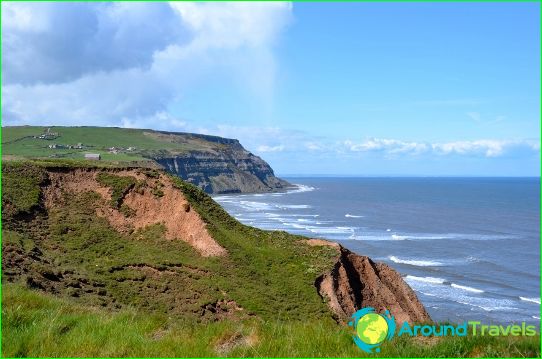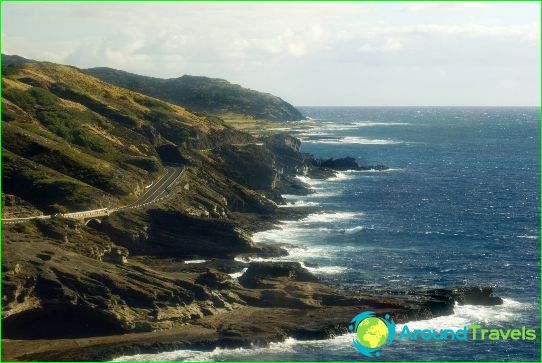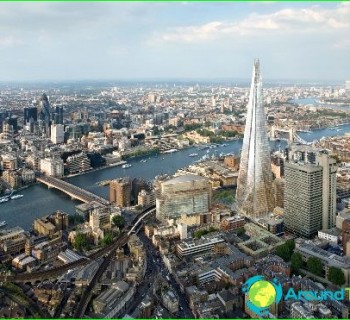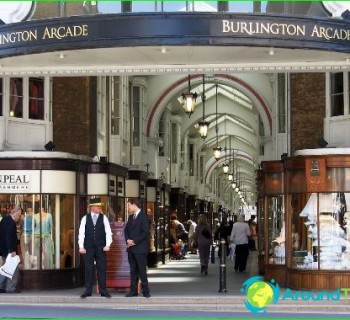UK islands

The largest European archipelago consists of the large islands of Ireland and the United Kingdom, as well as many small land areas. The islands of Great Britain are located on the continental shelf and are separated from Denmark and Sweden by the North Sea. They are separated from France by the Pas-de-Calais and the English Channel. Thus, the islands of Great Britain are stretched between the Atlantic and the North Sea. Small islands are Maine, White, Anglesey, Shetland, Skye, Orkney, etc..
Ireland is the second largest among the British Isles. The island group off the French coast, in the English Channel - the Channel Islands, are divided into the crown lands of Guernsey and Jersey. They are not included in the UK and do not geographically belong to the British Isles..
a brief description of
The island of Great Britain stretches for 966 km from north to south. Its width is approximately 450 km. It is considered the largest island in the archipelago. This island covers an area of about 222 thousand square meters. km in northwest Europe.
The shores of the island of Great Britain are quite indented. The northwestern coastal area is fjord-like. Lowland is observed on the east coast, where there are many bays that protrude strongly into the land. The depth of coastal waters does not exceed 200 m. After the shallow zone there is a scarp, and then the depths of the ocean follow. The relief of the islands is represented by flattened mountain ranges with a low height..
Weather
The British Isles are located in a humid oceanic climate. It has cool summers and mild winters. In January, the average air temperature is 3-7 degrees. In July, the temperature is 17 degrees. Westerly winds blow here throughout the year, bringing moisture with them. A lot of precipitation falls in the west of the region. Precipitation is mainly represented by fine sowing rain. There are regions where it rains daily. The temperate climate means that there is no stable snow cover in winter. Spring is longer and cooler there than in other regions at the same latitudes..
The islands of Great Britain lie in the zone of coniferous and deciduous forests. About 6% of the largest island is forested. There are moorlands and peatlands in the mountains, and cultivated plants in the plains..
Natural world
The flora and fauna of the islands suffer from the vigorous activity of people. Today, no more than 56 species of animals have survived there. The islands are home to such mammals as roe deer, red deer, fox, marten, ermine, weasel, etc. About 130 species of birds live on the islands of Great Britain. Most of them migrate from north to south, along the coast. In coastal waters, fish are found in large quantities: haddock, sardine, cod, sprat, mackerel, flounder, etc..




